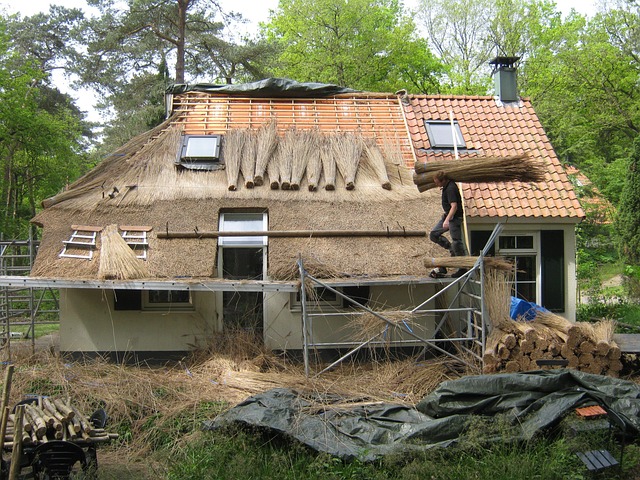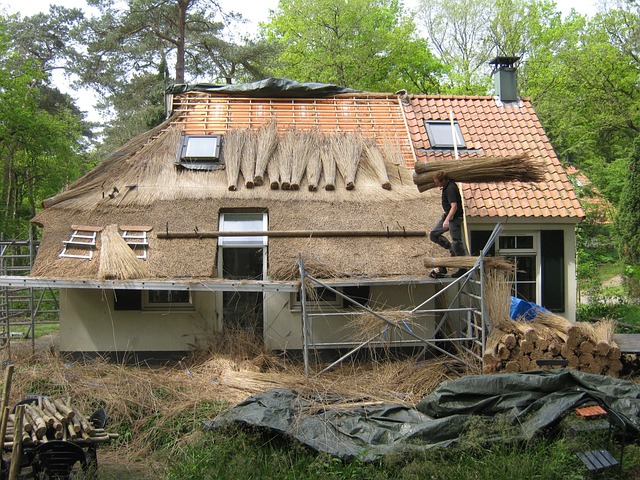In today's urban landscape, real estate with wide-open areas is gaining popularity as a respite from city life. These spaces enhance quality of life by fostering community engagement, promoting healthy lifestyles, and encouraging socialization with nature. Buyers prioritize neighborhoods with green spaces, driving the demand for properties in suburban areas like Austin's North Loop and Seattle's Capitol Hill, as well as rapidly growing cities like Denver and Portland. This shift is reflected in real estate markets where homes surrounded by parks and open spaces command premium prices due to their role in promoting tranquility and community connections.
Explore the allure of friendly neighborhoods brimming with wide-open spaces and discover why they’re a top priority in real estate. In today’s fast-paced world, these expansive areas offer a breath of fresh air, fostering balanced lifestyles and unparalleled community connections. From urban oases to suburban havens, this guide unveils the top neighborhoods known for their spacious atmospheres. Learn how green spaces elevate real estate value and unlock the profound appeal of open landscapes that cater to diverse lifestyles.
Unlocking the Appeal: Why Wide-Open Spaces Matter in Real Estate

In today’s fast-paced world, where urban development has filled every available space, real estate that offers wide-open areas is becoming increasingly appealing. These expansive spaces provide a refreshing contrast to the hustle and bustle of city life and offer numerous benefits for residents. Not only do they create a sense of tranquility and allow for outdoor recreation, but they also significantly enhance the overall quality of life.
The value of real estate with vast open spaces lies in its ability to foster community engagement and promote healthy lifestyles. Whether it’s a sprawling park, a community garden, or simply a large backyard, these areas encourage residents to gather, socialize, and enjoy nature. This sense of connection and belonging is essential for building strong neighborhoods and improving mental well-being, making such properties highly desirable in the real estate market.
Top Neighborhoods Known for Their Spacious Atmosphere

When it comes to finding a place to call home, many buyers seek out real estate that offers more than just four walls and a roof—they desire neighborhoods with wide-open spaces, where families can breathe in the fresh air and kids can run free. Luckily, several communities across the country have embraced this trend, developing areas that are not only beautiful but also promote an active lifestyle.
Topping the list are suburban areas like Austin’s North Loop and Seattle’s Capitol Hill, known for their tree-lined streets and ample green spaces. In these neighborhoods, you’ll find charming parks, community gardens, and open fields, making them ideal for outdoor enthusiasts. Additionally, rapidly growing cities like Denver and Portland have recognized the demand for spacious living and have implemented urban planning that incorporates extensive public parks and walkable trails, ensuring residents can enjoy nature even in the heart of the city.
Creating a Balanced Lifestyle: The Role of Green Spaces in Real Estate Value

In today’s fast-paced world, where urban landscapes often dominate, finding a balance between modern conveniences and natural surroundings is essential for a healthy and fulfilling lifestyle. This quest for equilibrium has sparked a growing interest in real estate markets, as buyers increasingly seek out properties nestled within friendly neighborhoods boasting ample green spaces. The integration of parks, community gardens, and open areas not only enhances the aesthetic appeal of an area but also contributes significantly to its overall value.
Real estate professionals are taking note, recognizing that homes situated within easily accessible green oases command premium prices. These wide-open spaces foster a sense of tranquility and community, encouraging residents to engage in outdoor activities, promote physical well-being, and create lasting social connections. As a result, properties offering such amenities are becoming increasingly desirable, reflecting their role as key factors in shaping the livability and desirability of neighborhoods.






